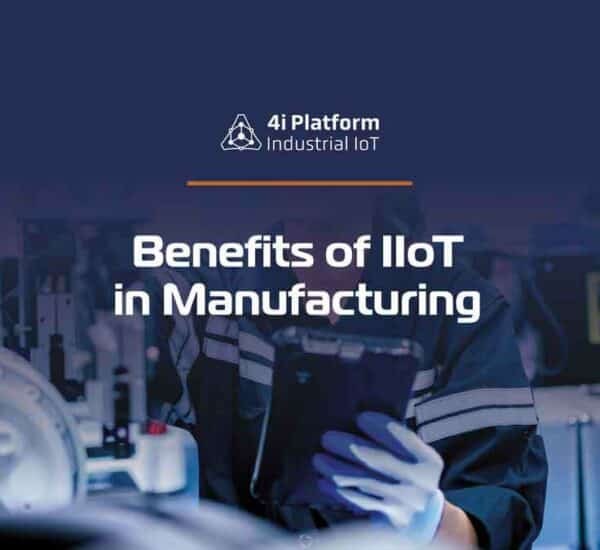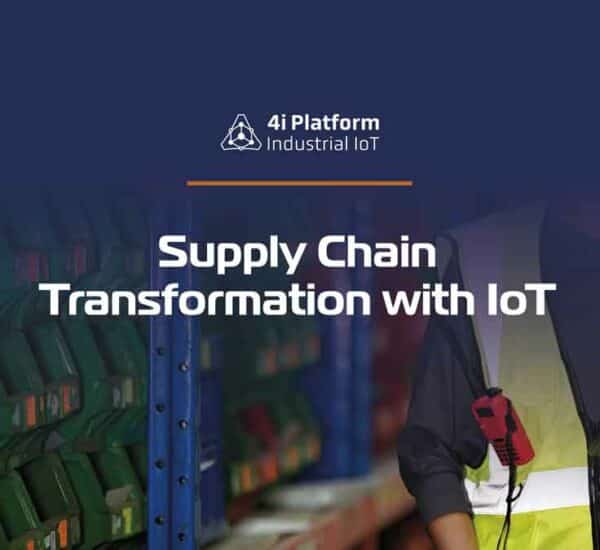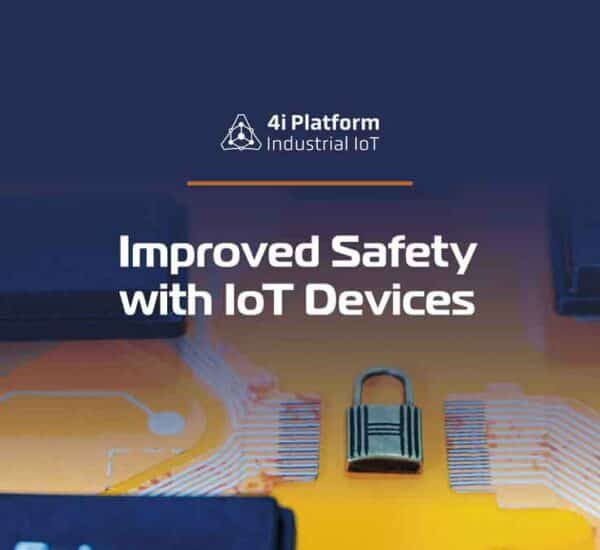What is IoT:
The Internet of Things, or IoT, refers to billions of physical devices that collect and share data worldwide, now on the Internet. IoT for businesses is also part of theis digital revolution.
Currently, only mobile phones, computers, tablets, and smart TVs are connected to the Internet. With IoT, all devices with sensors (for example coffee maker, air conditioning, washing machine, ceiling fan, lights, almost everything you believe ) can be connected to the Internet.
Internet of Things — IoT and the Machine-to-Machine — M2M technology is bringing together the next revolution to alter the way we learn, work, entertain and innovate to nearly every industry.
Scope of IoT:
IoT is a game-changer that can help organizations improve their productivity by using various services such as finance, retail and others can take advantage of its help to increase profits by making smarter decisions.
IoT spending worldwide was expected to increase 15.4percent to $745 billion and exceed $ 1 billion in 2022, according to IDC, compared to the $646 billion spent in 2018.
Example of IoT:
Then, when you leave your office, you can remotely turn on your home air conditioning unit using your mobile phone (another “Thing” connected to the Internet). Technically, you can control your AC system from anywhere in the world.
Suppose you have an “intelligent air conditioning unit” linked to the Internet in your home. Now imagine that it is a hot summer day and that you are going home from work.
6 Ways Businesses can take Benefits of IoT
Improved Customer Service:
Understanding customer preferences and behavior is vital to the success of each business. With IoT, companies can collect, track and analyze data from video surveillance, social networks, mobile devices, and the Web.
This allows analysts to predict preferences and tendencies so that companies can design products accordingly and offer personalized value-added services for a better compromise.
Enhanced Security:
IoT devices can help employers ensure the safety and security of employees and increase the overall safety of the workplace. Through the use of integrated sensors and portable devices, workers in high-risk environments such as mining, heavy industry and construction can be constantly monitored and warned against falls and exhaustion.
In high-risk workplaces, IoT can be used to better protect its workers. Consider the employees in construction: they can be used, they can be used to track them at the building site. Offices can be made more secure with connected smart locks that help control video surveillance and access.
However, it is important to recognize that IoT remains quite non-standard when it comes to your own security. Therefore, you might want to work with a provider like SRS Networks to make sure you don’t process your corporate security (possibly short-lived) for productivity.
Lower Cost Of Operating:
IoT solutions can help companies reduce costs and maintain a competitive advantage. Companies can also save energy costs and increase electrical efficiency by employing IoT and smart construction systems to monitor and control the unnecessary usage of electrical systems.
Increase Efficiency:
The core concept of IoT is based on flexibility and efficiency, allowing users to remotely control smart devices. Flexibility and efficiency are also key features of remote work. It allows users to work from anywhere by connecting certain devices to their smartphones or laptops.
IoT allows machines to do more work than ever. People can concentrate on adding value to companies, instead of spending time on repetitive tasks of low value.
For example, manufacturers who use IoT to track supply levels during a production run, manufacturers can use IoT to make informed forecasts based on historical data, and this is just a very specific example.
There are a handful of other ways to increase productivity with IoT for businesses. Critical tasks and meetings can be scheduled at a time when IoT solutions are highly effective, and memory tasks can be automated via IoT devices, so that employee time can be spent more intelligently.
Easy Access to Information:
It goes without saying that finding and accessing information is one of the biggest challenges that workers face, especially due to the several applications and tools used daily to perform certain operations and track specific behaviors.
Digital office assistants, such as Amazon’s Alexa Premier Edition, can be used both corporately and personally (employee) to facilitate access to data. These solutions can be integrated with various tools and platforms, such as CRM platforms, collaboration solutions and much more.
Asset Tracking and Waste Reduction:
It is the need to decrease waste, which is closely related to efficiency and productivity, where IoT monitoring is integral. Using sensors and connectivity that help organizations take advantage of the information in real-time. Organizations can find asset problems more easily and implement preventive maintenance to increase asset utilization.
Powerful Example of IoT in Use Today :
IoT in Healthcare
Connected medical care remains the Internet giant of dream things. The concept of connected health systems and smart medical devices has great potential not only for companies but also for the well-being of people in general.
Research indicates that IoT will be important in medical care in the next few years. IoT in Health aims to encourage people to lead a healthier life using connected devices.
IoT in the Retail Sector
The potential of IoT for businesses in retail is huge. IoT offers retailers the opportunity to connect with customers to improve their store experience.
Robots are going to be a way for retailers to stay connected with their consumers, even outside the store. They can also follow the path of the consumer in a store, improve the design of the shop and place premium products in high traffic areas.
IoT in Agriculture
The population is increasing day by day then the demand for food distribution is increasing excessively. Governments are helping farmers use advanced techniques and research to increase food production. Smart agriculture is one of the rapidly growing areas of IoT.
Farmers use significant information from the data to obtain a better return on investment. Utilizing several smart farming tools, farmers had greater control over the process of raising cattle and growing crops, which made it more predictable and increased productivity.





